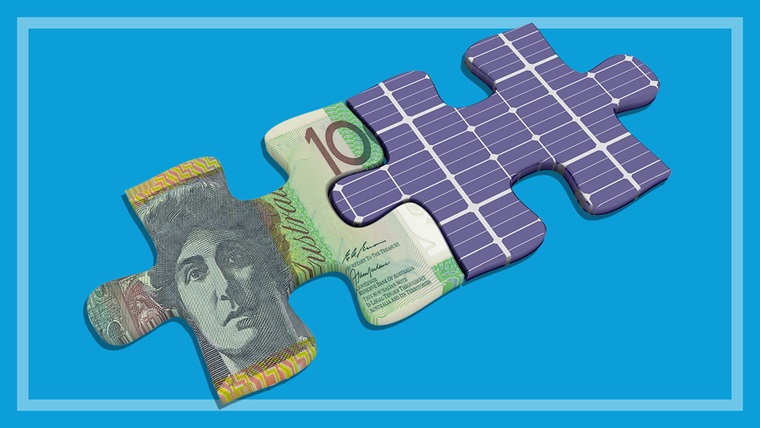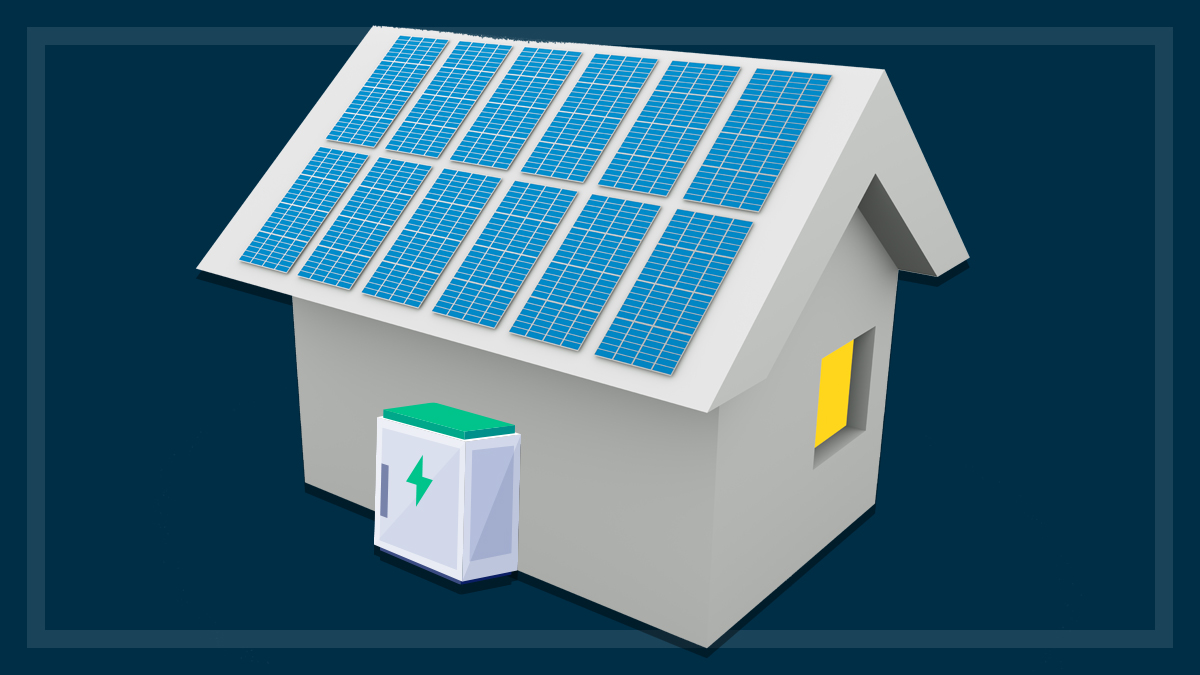Get our independent lab tests, expert reviews and honest advice.
What is renovation greenwashing?

Need to know
- Greenwashing is a deceptive sales technique that makes you think a product is more eco-friendly than it is
- Authorised 'eco labels' can help you determine how eco-friendly and sustainable a product is
- If you're still unsure, ask the manufacturer for proof of environmental claims
So you’re about to build or embark on a renovation and want to choose eco-friendly, sustainable products? You’ll need to be cautious about the products you choose because not all companies and manufacturers will be honest about their green credentials.
We take a look at renovation greenwashing and reveal what to look for when choosing ‘green’ products and building materials for your home.
What’s greenwashing?
Greenwashing is a deceptive sales technique manufacturers use to cash in on growing consumer concerns about the environment. Not-so-sustainable products are advertised as ‘green’, sustainable and eco-friendly. It’s a response to environmentally-conscious consumers who are willing to prioritise eco-friendly products, sometimes over cost or convenience.
A 2018 report reveals a whopping 81% of respondents around the world feel strongly that companies should help the environment, while a report from 2015 found that 66% were willing to pay up to 50% more for ‘greener’, more sustainable products.
Countless companies and manufacturers are over-exaggerating, sugar-coating or outright lying about their green credentials
But countless companies and manufacturers are over-exaggerating, sugar-coating or outright lying about their green credentials, and misleading consumers about their environmental practices or the environmental benefits of their products or services.
Australian consumers are protected by laws against misleading claims. A marketing campaign must not overstate, directly or by implication, a product’s attributes or benefits, and must not deceive or create confusion. Businesses making environmental claims must be able to substantiate them

Types of greenwashing to watch out for
Selective truth
Some manufacturers might claim their product is environmentally friendly based on a narrow set of attributes, without attention to other important environmental issues. Some timber, for example, isn’t necessarily recyclable if it has non-recyclable additions, so it wouldn’t necessarily be an eco-friendly choice.
Vague claims
Broad claims can be open to interpretation. Just because something is described as ‘sustainable’ doesn’t make it so when the definition of ‘sustainable’ is vague. There could be environmental trade-offs consumers are not aware of.
Irrelevant claims
Keep an eye out for any claims that may have some truth, but are irrelevant to the product. For example, products marked as CFC-free. Of course they are – chlorofluorocarbons are banned by law.
Unsubstantiated claims
Environmental claims must be substantiated by readily available information and a reliable third-party certification. For example, it’s not enough for a manufacturer to state their paint products are low in volatile organic compounds (VOCs) without accreditation.
Look for authorised and industry-respected accreditation labels – there are many fakes out there that can trick people into thinking a product has a third-party endorsement when it doesn’t.
Cool Australia provides environmental resources to teachers and students and explains which eco labels are legitimate and which to avoid.
How to avoid greenwashing during your renovation
If you’re about to embark on a renovation and want to use sustainable and environmentally friendly products, seek the advice of trusted experts, and request proof of environmental claims.
Various government regulators and programs ensure industry compliance and considerable penalties are served to manufacturers when environmental claims are proven to be greenwash.
But it’s up to the consumer to do their homework to ensure the products they buy meet their expectations.
Making ‘greener’ choices when renovating
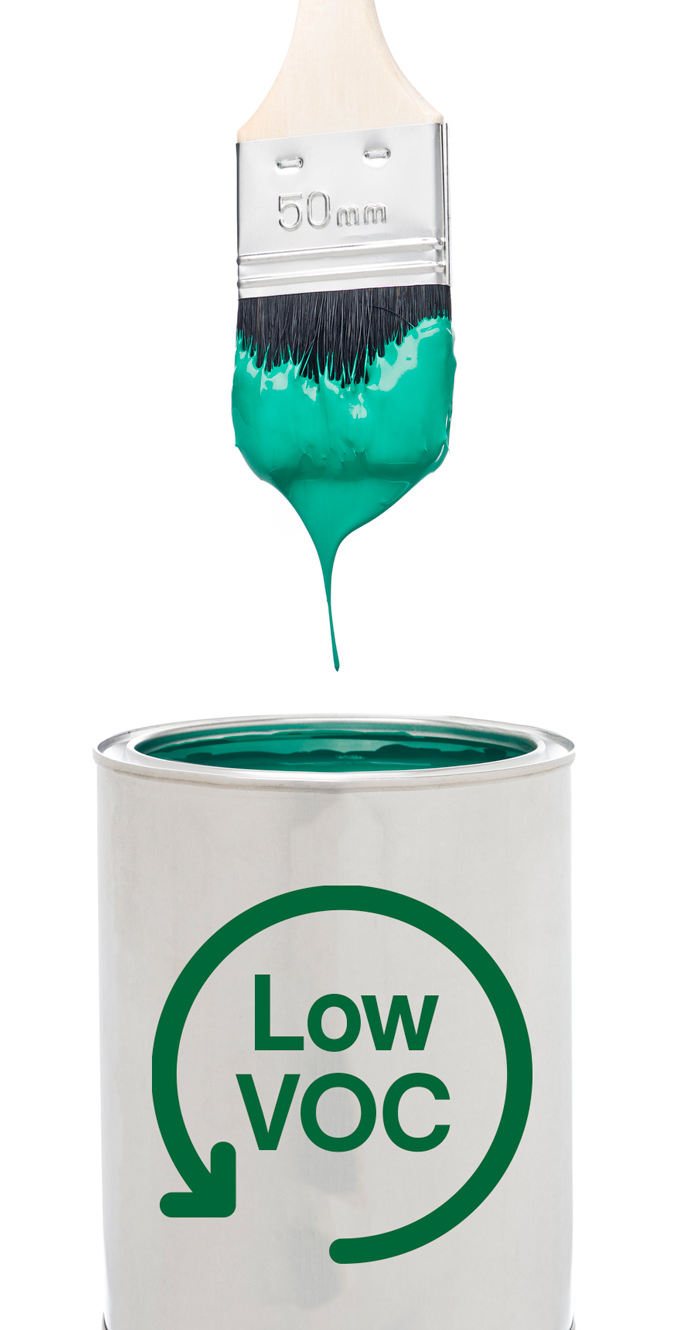
Paint
House paints and other products like adhesives, cleaning supplies and some home furnishings contain varying levels of VOCs, a group of carbon-based chemicals that evaporate at room temperature.
VOCs affect indoor air quality in particular – concentrations indoors can be up to 10 times higher than outdoors.
Breathing low levels of VOCs for long periods of time may increase some people’s risk of health problems.
Exposure can cause headaches, dizziness and nausea; higher levels can have more serious consequences, such as kidney damage and even cancer.
Actively avoiding VOCs should be at the top of a renovator’s priority list. Thankfully, the paint industry has taken this on board, producing paints and other products containing low or no VOCs.
The reduction or removal of VOCs in paint isn’t just greenwashing, it’s becoming standard practice
Lance Turner, Renew
Lance Turner, technical editor at Renew – a national, nonprofit organisation that inspires, enables and advocates for people to live sustainably in their homes and communities – says the paint industry has taken huge strides down the path of sustainability.
“The reduction or removal of VOCs in paint isn’t just greenwashing, it’s becoming standard practice,” he says.
“Low-VOC paints now make up the majority of paint sold. Almost all painters have at least tried them and all manufacturers have introduced low-VOC versions of their paints, which are available from all paint stores.”
If you’re not sure how ‘green’ your paint is, look for a reputable eco-label. Manufacturers undergo independent assessment by eco-labelling bodies such as Good Environmental Choice Australia for green certification and their products are subjected to stringent life cycle assessments of compliance to voluntary environmental declaration standards.
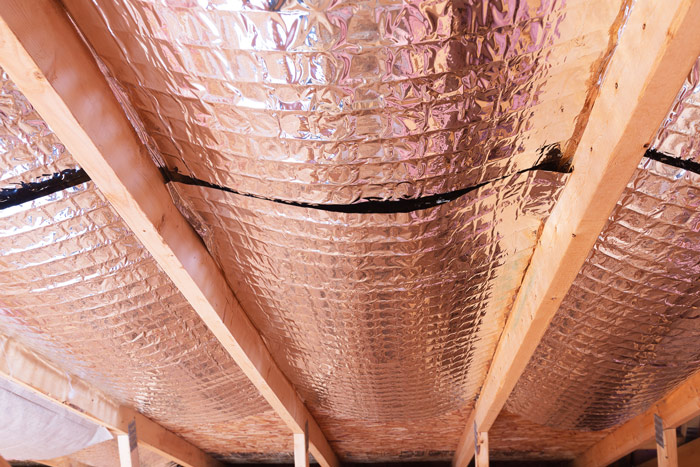
Insulation
Ensuring your home is properly insulated helps to reduce greenhouse gas emissions by cutting your cooling and heating costs, and helps your home stay cool in summer and warm in winter.
But the type of insulation you choose, its R-level rating (the measure of the insulation batt’s resistance to heat flow, or thermal resistance) and its efficiency will depend on the climate where you live and the active and passive design of your home.
“It’s the R-value that matters as to the effectiveness of the insulation, provided it’s an appropriate material for the intended application,” says Turner.
There are many options to choose from and it’s up to the consumer to compare the environmental benefits of each and how they’ll work in your home.
Ask your retailer how much of the insulation is made from recycled materials and how easily it can be recycled at the end of its life
You might also want to ask your retailer how much of the insulation is made from recycled materials and how easily it can be recycled at the end of its life.
“An R4 batt made of recycled material will perform as well as an R4 batt of virgin material,” Turner explains.
There are two main types of insulation to choose from:
- Bulk insulation affects conduction heat flow between touching objects and is produced as batts, blankets and boards or as loose fill (blown or pumped into place). It’s made up of a range of different materials, including polyester, rock wool, glass wool, cellulose fibre, natural wool and extruded or expandable polystyrene. According to Sustainability Victoria, natural wool is the most environmentally friendly of all of these materials.
- Reflective foil insulation reduces radiant heat transfer across an enclosed space. It’s most often used as sarking in roofs to reflect the heat of the sun away from the building. Reflective foil insulation has a middle layer filled with foam, fibreglass or air bubbles, and it’s recommended that you choose one with an R-Value of 1.0 or higher.
For more info, see Ecospecifier’s guide to sustainable insulation.
Timber and wood
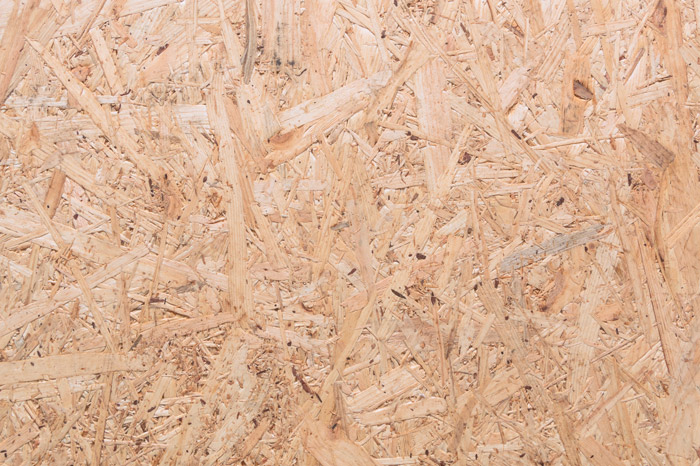
Timber is a beautiful natural product – spotted gum, teak, silky oak and merbau species are all unique, with varying grains, colours, durability and scents ideal for use in furniture, decking and general construction.
Wood is biodegradable and its thermal properties may reduce the energy needed to heat or cool your home compared with other building materials. But synthetic chemicals can also be used in the making of wood products, potentially cancelling out any environmental benefits and rendering the product unrecyclable.
Also, illegal logging and unsustainable forestry practices around the world cause environmental damage, destroying biologically significant ecosystems and increasing the amount of C02 in the atmosphere. It’s estimated that up to 10% and $800 million worth of timber imported into Australia each year has been illegally logged.
Choosing sustainable or recycled timbers can go some way towards helping the planet, says Turner.
“The best timber is recycled or reclaimed timber, but it is often expensive due to low availability and the need to de-nail it, which is a manual process,” he explains.
“After that, plantation timber from old plantations [is the next best wood to use], not ones that replace recently existing forest. Another alternative is engineered lumber, often made from offcuts bonded together using lamination or finger jointing.”
Finding out if sustainability claims for timber are valid can be tricky. To make sure you’re buying certifiably sustainable timbers for construction and not being hoodwinked into buying illegally logged products, look out for Forest Stewardship Council (FSC) and Programme for the Endorsement of Forest Certification Schemes (PEFC) certifications that provide a Chain of Custody Certification (CoC) – a paper trail from extraction to point of sale.
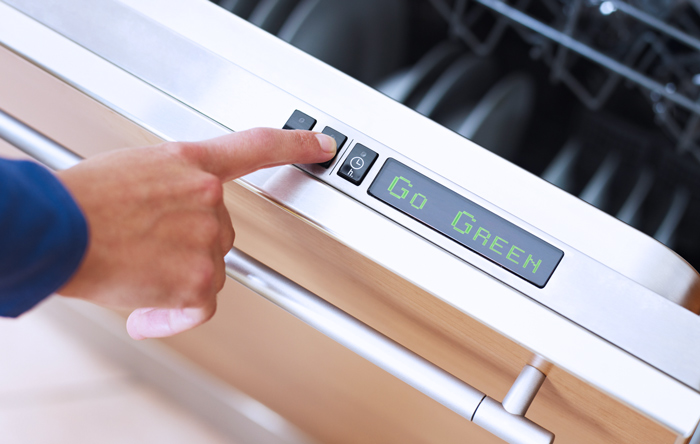
Energy-efficient appliances
Appliances can account for around 30% of home energy use, so choosing the most energy-efficient products can bring big savings to your pocket and the planet.
But how do you know which model is the most efficient? Apart from checking out our reviews on the CHOICE website and in our magazine, you can also use the Energy Star program that rates appliances such as dishwashers, air conditioners and clothes dryers based on their energy efficiency.
Dishwashers use 25% less energy than they did a decade ago
The six-star rating system helps consumers determine the energy efficiency and performance of their appliances.
The program has had a significant amount of success – dishwashers use 25% less energy than they did a decade ago and small split-system air conditioners are now 50% more efficient than they were in 2001.
Water-efficient appliances
Similar to the energy ratings scheme, the government’s Water Efficiency Labelling and Standards (WELS) scheme lets you compare the water efficiency of different products – the more stars the better. Ratings are compulsory for all new domestic washing machines, dishwashers, showers, toilets, urinals and most taps.
The water rating label includes a star rating, so you can quickly compare the water efficiency of different products, plus the rate of water consumption to help you work out how much water the product will use.


